Cycle tours are an affordable, difficult, and completely unforgettable way to travel. But are you prepared to give up your hotel rooms and flights for a tent, some wheels, and the open road? The following advice on bicycle touring is the result of many years of cycling across the globe.
I’ve experienced my fair share of joys and tragedies, challenging circumstances, and spectacular encounters during this time. It’s been an amazing voyage of learning, and it goes on practically every time I get on the bike. I intend to make the lives of other cyclists who are organizing their long-distance riding excursions a little bit easier by sharing some of the things I have learned along the road.
1. Plan and save the date.

The hardest part about going is deciding to go. Setting a date and estimating the length of your vacation helps make it more tangible and gives you a target to aim toward. Beginners should set out in the warmer months, and for the first week or two, choose an easier route unless they want to channel Sir Ranulph Fiennes. You can get fit on the road; nevertheless, it’s not necessary to train before your journey.
2. Purchase the appropriate equipment.
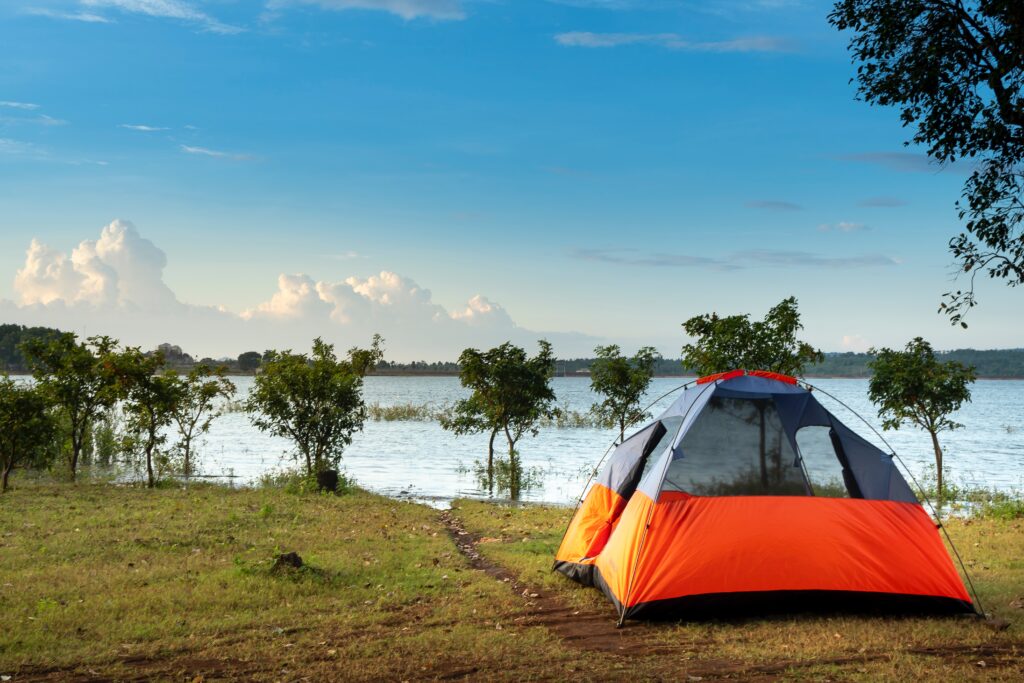
Spend money on the necessities, including a good free-standing tent, a reliable touring bike, water-resistant panniers (cycle bags), and a cooking stove. Choose a strong touring bike with a steel frame that has steel racks on the front and back to handle your panniers. Your bags should be durable because you’ll be carrying your devices, clothing, sleeping bag and mat, tent, stove, and other necessities in them.
Every millimeter and gram matter. Choose lightweight equipment, and compress your clothing with dry bags. Avoid spending too much money on unnecessary equipment; real kit treasures, like baby wipes, insect repellent, and chlorine pills, are frequently free.
3. Decide on the best route for you.
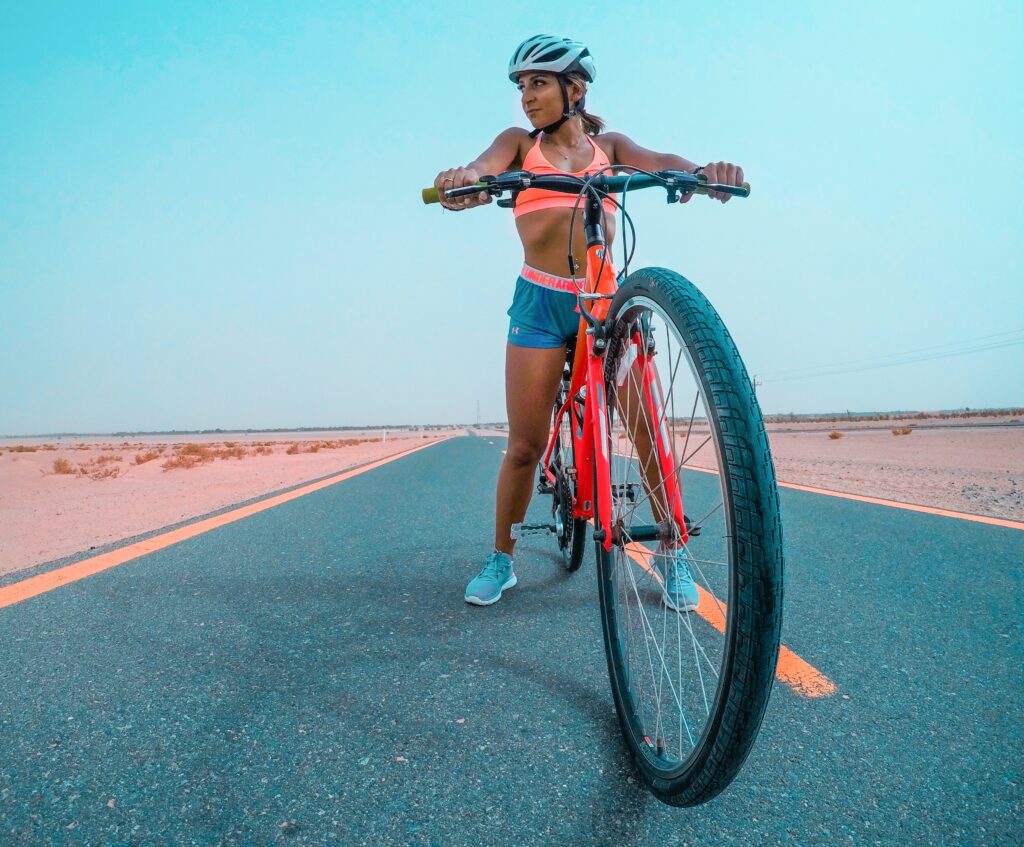
Consider avoiding main roads wherever you intend to pedal because they are congested and frequently boring. While thrill-seekers frequently head to places like Tajikistan and Patagonia, nations like the Netherlands are famed for their flat, bike-friendly trails.
4. Avoid taking unneeded detours
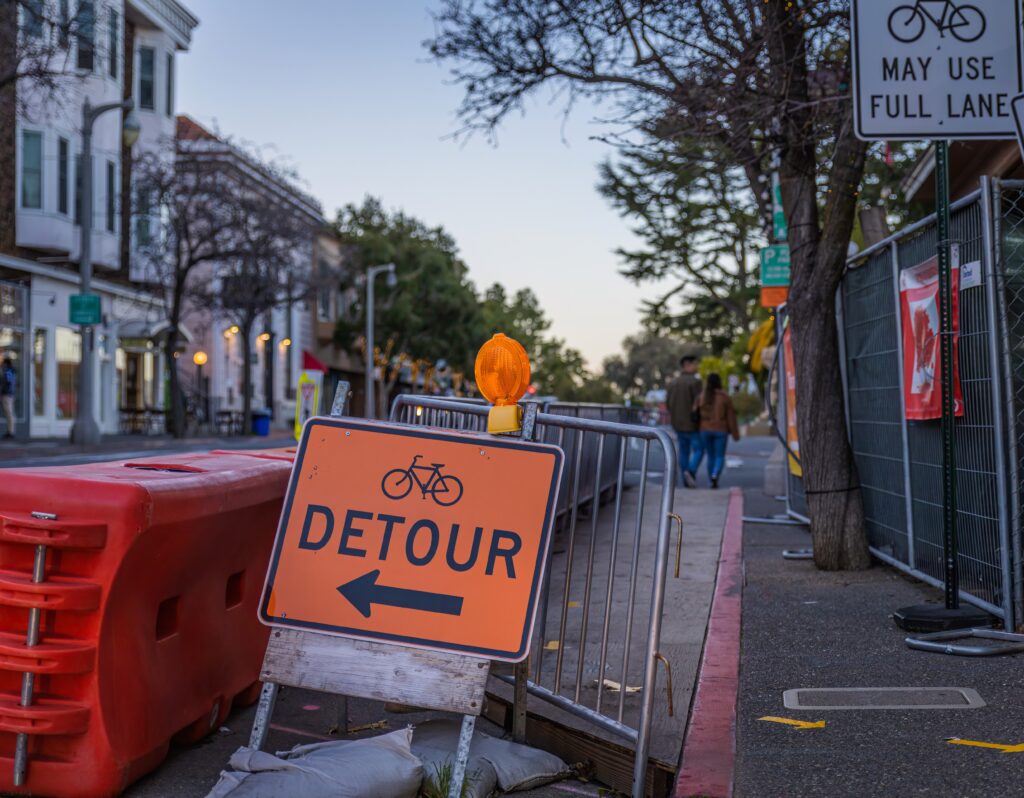
A worn-out, dog-eared paper map used to be the ideal travel companion for cyclists. It is now a trustworthy GPS or navigation app. Choose a GPS device that is robust and multipurpose that was created with explorers in mind.
If you’re likely to have regular access to energy and the internet, smartphones are also a great choice. You can download maps that show you the greatest off-the-beaten-path paths for cycling in addition to the top roadways. The Maps.me app is comprehensive and user-friendly, and now displays the route’s elevation on the bike choice in the majority of nations.
5. Set up a budget and begin saving.

Bike tours can be done on a very tight budget if you’re willing to live off of rice and porridge and camp in the bush whenever possible. Visas, hotel stays, and dining out add up, but depending on the location, you might keep daily spending pretty low if you’re aiming for a happy medium (a limited food budget and plenty of free or inexpensive lodging with occasional indulgences). However, it’s crucial to account for travel insurance as well as extra cash for emergency bike and equipment repairs and replacements.
6. Decide on your objectives.
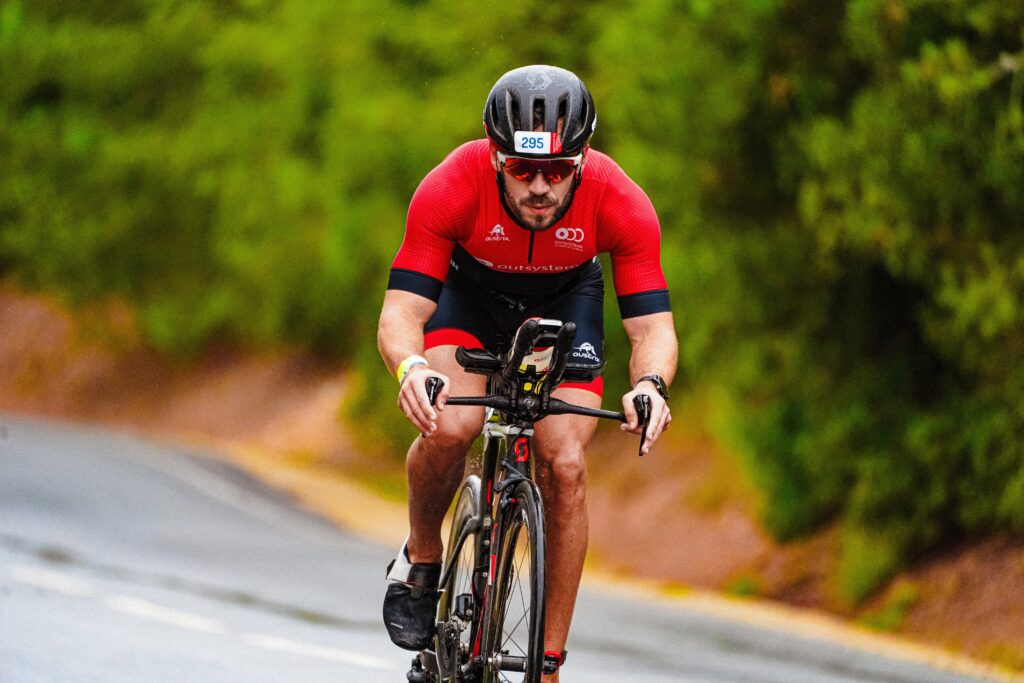
Setting daily distances can be challenging, but having a general notion of what you want to accomplish will help you plan your route. Depending on the terrain, most bike tourists travel between 60 and 80 kilometers per day on average, however, those who are just starting might aim for far less. Your personal goals should also impact the decisions you make along the journey and frequently motivate you to continue moving forward, in addition to the weather and state of the roads.
7. Learn to camp like a pro
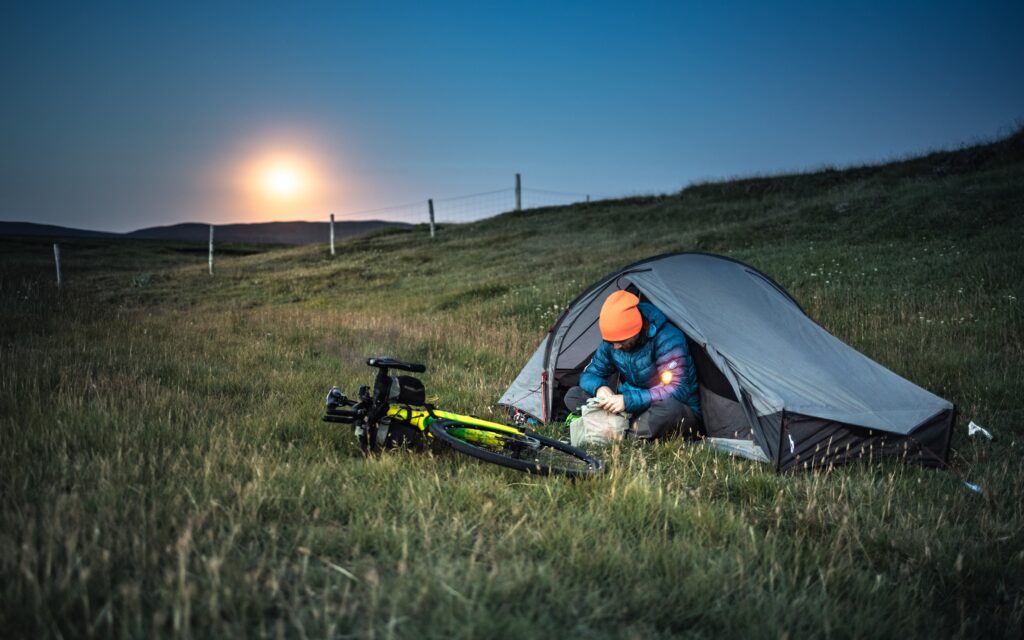
After a hard day in the saddle, setting up a tent in the wilderness might be difficult. Fortunately, tiredness frequently overcomes fear, and the more you do it, the less difficult it becomes. It’s important to be informed of the rules wherever you choose to cycle because some places—like Scotland, Iran, and Japan—allow wild camping as long as you’re out of sight while others—like Switzerland, Australia, and the USA—forbid it and make things much harder.
The ideal camping location is a flat, secluded area along a river, but anything can work; the trick is to stay off of the private property or simply ask the people who own it for permission to camp there.
8. Get to know the bicycle resources available.
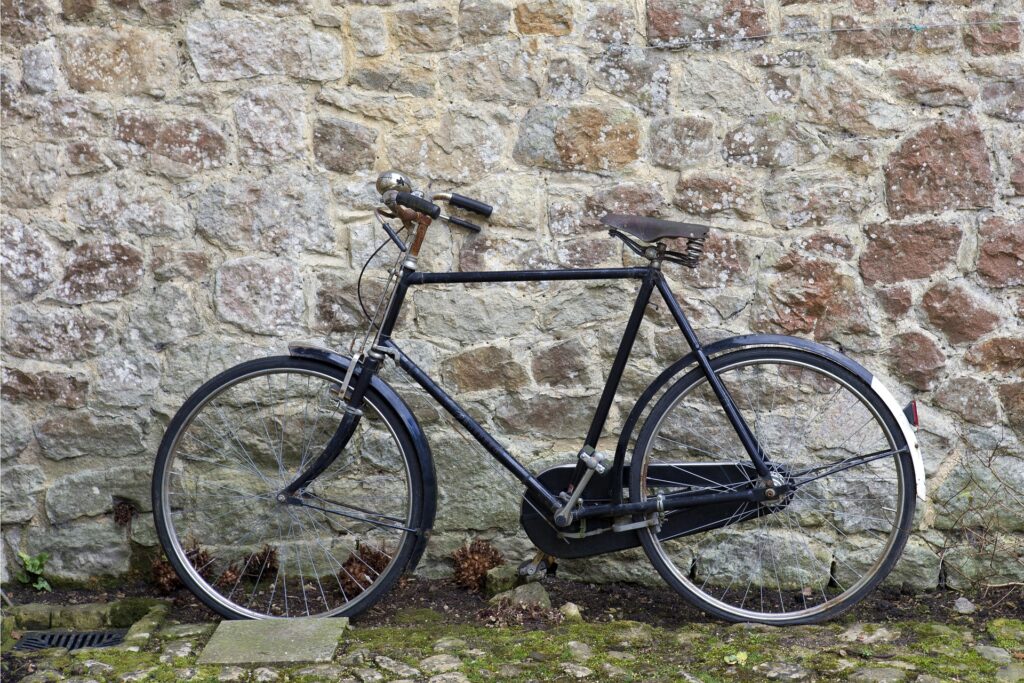
Warmshowers, a close-knit international community of cyclists that cater to pedal-powered visitors, will be your best travel companion if you enjoy Couchsurfing. Warmshowers has a vast network throughout Europe, Iran, and the Americas, although it can be difficult to find hosts in Central Asia, Africa, and some regions of the Middle East. After a day of biking, many hosts will provide you with more than just a place to sleep; they’ll frequently make you dinner and tell you about their adventures.
9. Discover how to use a camp stove.
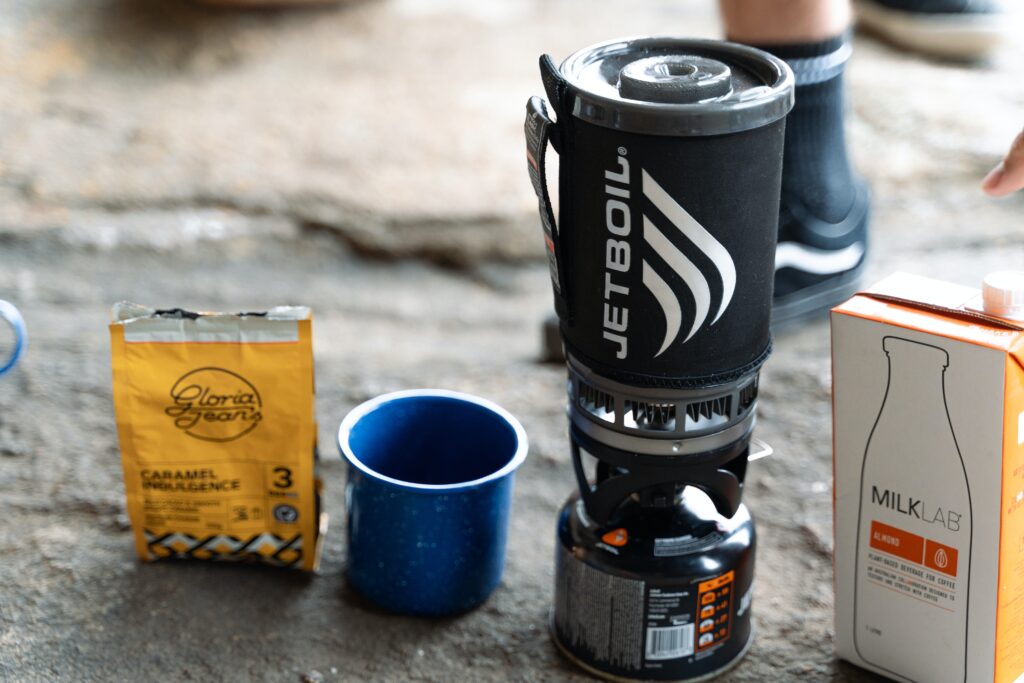
Devote some time to trying to know your stove unless you’re content with a diet of two-minute noodles. Few bike tourists carry more than two small pots, and most small camp stoves have just one setting, but with a little imagination, you can whip up a wonderful lunch after a grueling day of biking.
Rice, pasta, and oatmeal are inexpensive mainstays. Put some curry powder, chili powder, garlic salt, and pepper in airy plastic containers to spice up your meals.
10. Face your phobias

“What if your bike is stolen? Imagine being attacked while camping. What if a truck runs into you? Not only might people ask you these questions, but you’ll also ask them yourself several times before leaving.
Expect the best but be ready for the worst to deal with those persistent anxieties. Get insurance with a comprehensive policy that will replace your equipment if it is stolen, and commit to reading the fine print. Keep a personal alarm or bear repellent handy, and think about carrying a SPOT tracker, which, when activated, broadcasts your location so that loved ones can keep tabs on where you are. You will be OK if you exercise caution.

